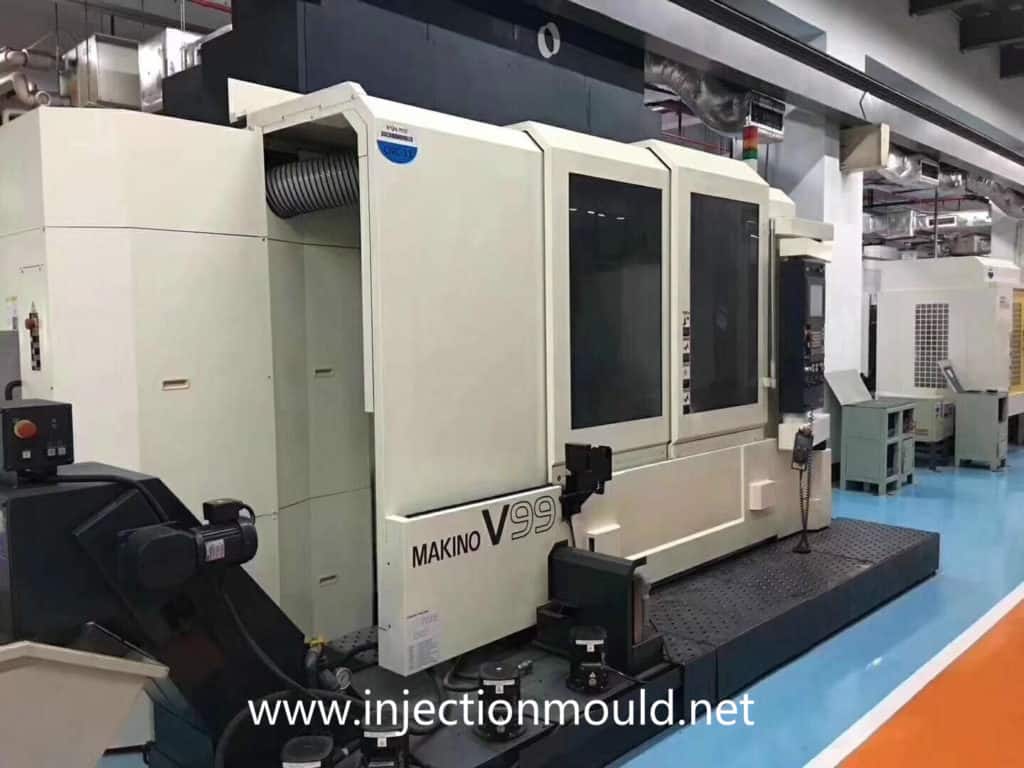A good mold factory is able to create excellent quality mold , while guaranteeing a remarkable profit, so there must be something unique and special that make it stand out, e.g., a robust system, a highly efficient team, a super strong implementation capacity, as well as the spirit of innovation. This article mainly explains the system establishment and site management of a mold maker.
Organizational Structure & Detailed Rules of Operation
Different mold factories have different departments to take charge of mold manufacturing. For example, some mold factories has a toolmaker to follow up with all mold manufacturing related tasks, while some other companies may have TE and Project Management to fulfill such tasks. We will mainly focus on the toolmaker-lead mold manufacturing here, because it is more responsive and efficient.
-
The Design Department – DFM Review & Mold Design
Mainly responsible for the DFM review, mold design, information communication with the client, product review, and technical support for quotation in the early stage. If the product variety tends to be monotonous, and the production cycle is short, the mold can be designed into standard parts, such as press plate, wear plates, location pin , support pillars, inclined guide pins, and even the core, the cavity, as well as the slides can all be designed as standard parts, so as to greatly speed up the production cycle of a new mold.
-
The Processing Department – Programming, CNC, EDM, Wire Cut and Grinding
Mainly responsible for allocation of processing and production. The production process steps can be coordinated and switched back and forth, so that the processing section can be kept as smooth as possible, and the blocked process can be switched to the next process in a timely manner, which is able to minimize the coordination between the teams, and thus shorten the time spent on mutual communication. As a result, the mold can be put into production on time, to guarantee both the quality and the delivery time of the mold.
-
The Assembly Department – Mold Assembly, TE Follow-up & Mold Modification, and Polishing
The Toolmaker is responsible for the implementation of mold assembly, mold modification and mold maintenance by adopting the Master responsibility system, to follow up with the details of the responsible molds, including materials, processing and the progress of standard parts, so as to guarantee the final delivery and the quality of the mold. TE is mainly responsible for the relevant technical issues of the mold, such as mold follow-up, leading the development of mold modification solutions, and structural review in the mold design stage, etc.
The TE’s mold modification solution is of critical importance. Some of the mold makers don’t have TEs with great professional capabilities, leading to frequent mold repairs. Except modifications by the client, it is common for the manufacturer to internally repair the mold for dozens of times, of which the cost is at least 500 USD, or even as high as thousands or tens of thousands. This is one of the root causes of the unprofitability of a mold factory.
1). List the classified and detailed solutions for the commonly seen mold issues, such as flashing, shrinkage, deformation, weld lines, and ejector marks, etc.
2). For dimensional modifications, it is necessary to do troubleshooting from steel material and 3D prototype, to the product, and then to the parameters of plastic injection molding.
3). The TE has to sum up the experience, and review the reasons for each mold repair failure, so as to prevent the repair solution from becoming an experimental plan.
-
Planning and Process Team (PMC)
A plan influences the progress control and the delivery of the mold, while the process directly affects the precision and the efficiency, as well as the quality of the final mold product. Every part has a different processing method, which needs to be comprehensively considered in combination with processing cost, operation difficulty and working efficiency, so as to arrange the process flow in a reasonable manner.
A company generates profits through production of products. The above-mentioned only serves as a basis for efficient production, while our ultimate goal is to ensure smooth production, turn out high quality products, and obtain customer recognition. To this end, it is of great importance to control the production site in the workshop:
1). The plan for the full set of molds. After the client officially places an order, timely hold a processing review meeting that involves the participation of each supervisor, to develop a plan, including the specific schedule for mold base, material selection, design, programming, machining, CNC, EDM, wire cutting, and assembly, etc.
2). As for the overall schedule of the mold, hold an evening meeting to timely understand the mold status within the department, adjust work schedule if necessary to align with the overall mold plan.
3). Adopt the computer-based connected management. Each part to be produced is entered into the computer system, and the workshop is inspected from time to time to solve the issues during processing. Strictly self-test the produced part, note down the data, and keep the self-test report. Implement a continuous shift system, arrange operators to take turns for meals, and thus ensure timely delivery.
4). The processing status of each set of molds should be carefully tracked to ensure accurate and complete data, which is recorded in the computer system. Allow any authorized manager to access the completion status of each mold in the computer system.
5). Summarize the production output, countermeasures for anomalies, and learning of new processes within the department on a weekly basis. Allow each staff member to know the weaknesses of the department, and make the production situation open and transparent.

